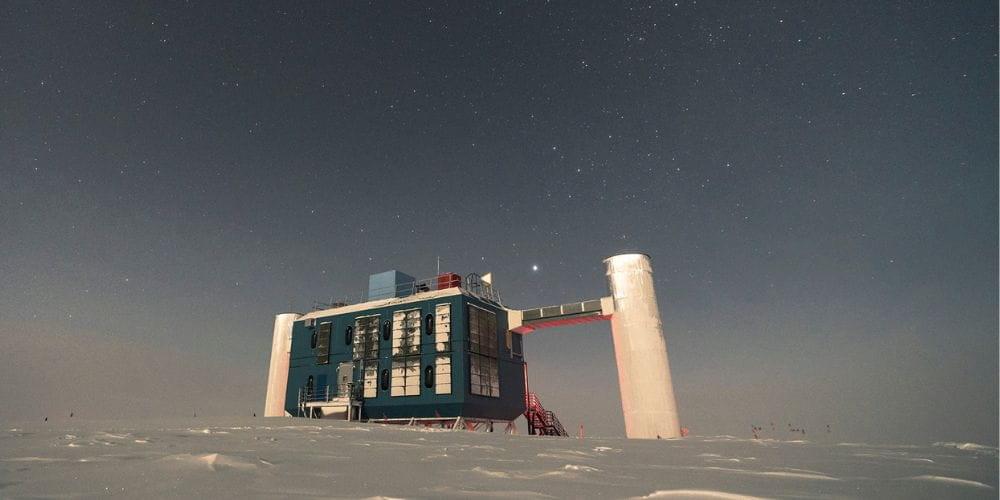The tension between quantum mechanics and relativity has long been a central split in modern-day physics. Developing a theory of quantum gravity remains one of the great outstanding challenges of the discipline. And yet, no one has yet been able to do it. But as we collect more data, it shines more light on the potential solution, even if some of that data happens to show negative results.
That happened recently with a review of data collected at IceCube, a neutrino detector located in the Antarctic ice sheet, and compiled by researchers at the University of Texas at Arlington. They looked for signs that gravity could vary even a minuscule amount based on quantum mechanical fluctuations. And, to put it bluntly, they didn’t find any evidence of that happening.
To check for these minuscule fluctuations, they analyzed more than 300,000 detected neutrinos that IceCube had captured. IceCube is an impressive engineering feat, with thousands of sensors buried over one sq km in the ice. When one of the detectors is triggered by one of a hundred trillions of neutrinos passing through it every second, data on whether it was affected by any perturbations in the local gravity of that area can be collected.










Comments are closed.